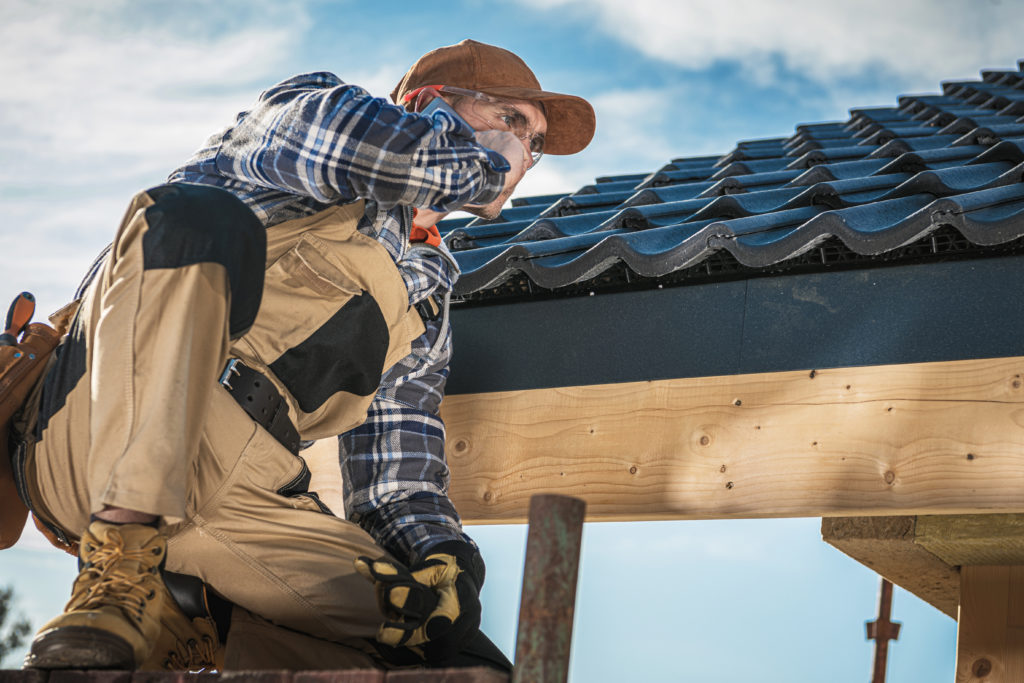If you’re seeking an alternative to typical asphalt shingles, try rubber roofing. Rubber roofing, also known as EPDM (ethylene propylene diene terpolymer), is a type of roofing material manufactured from recycled tires, sawdust, and slate dust. There are many benefits of rubber roofing for your home. Keep reading to learn some of the top perks!
Ecofriendly
Because the majority of rubber roof tiles are created from recycled materials, you can feel free to install them without any guilt! Thirty-eight states have prohibited the disposal of whole tires in landfills, which means that when you install an EPDM roof, you are already contributing to an ecologically responsible solution.
Heat and cold resistance
Rubber is renowned for its exceptional heat resistance. This means that heat generated on the surface of your rubber roof will have a hard time penetrating through to your home. Certain types of rubber roofs aid in regulating a home’s heating and cooling systems by absorbing heat or reflecting solar ways. EPDM roofs insulate a home by minimizing heat loss, whereas light-colored rubber roofs reflect the sun’s excess heat and help keep a house cool in the summer or hot climes.
Additionally, rubber roofing materials used in modern construction are UV resistant and can endure heavy winds, hail, and snow up to three inches thick. A properly fitted and maintained rubber roof can last up to 30 years.

Easy Installation
Rubber roofing installation is considerably simpler and faster than installing asphalt or slate roofing. Typical shingles need nailing and are more expensive than rolls. On the other hand, rubber shingles are far lighter than slate or asphalt shingles, making them easier to carry and install.
A seamless roll of rubber roofing is typically the most cost-effective and energy-efficient option. It is extremely improbable that it will leak or break because of the lack of seams allowing water to seep beneath.
Durability
Rubber roofing is not only weather-resistant and entirely waterproof, but it is also highly resistant to thermal stress. It can handle hail and other severe weather conditions and has an extremely high level of resistance to UV radiation and cycle fatigue. Rubber roofing typically does not fracture or become brittle in extreme heat or cold.
Furthermore, rubber roofs are highly resistant to fire, and some insurance companies even give homeowners who install them a discount.
Low Maintenance
A rubber roof requires little care. Should your roof develop a leak or need repairs, they are inexpensive and straightforward to replace. A small amount of liquid rubber or a specific repair tape would suffice in most circumstances.
Unlike most other roofing materials, you need to refinish your rubber roof with acrylic paint every ten years. The cost of installing or replacing a rubber roof ranges between $6,000 and $18,000 on average, with the average being approximately $12,000. A variety of things contribute to the expense, including the materials, labor, obstacles, and roof modifications.
Bottom Line
Philly’s Phinest is here for all your roofing needs in the Philadelphia area. Contact us today for a FREE estimate and start protecting your home today!

